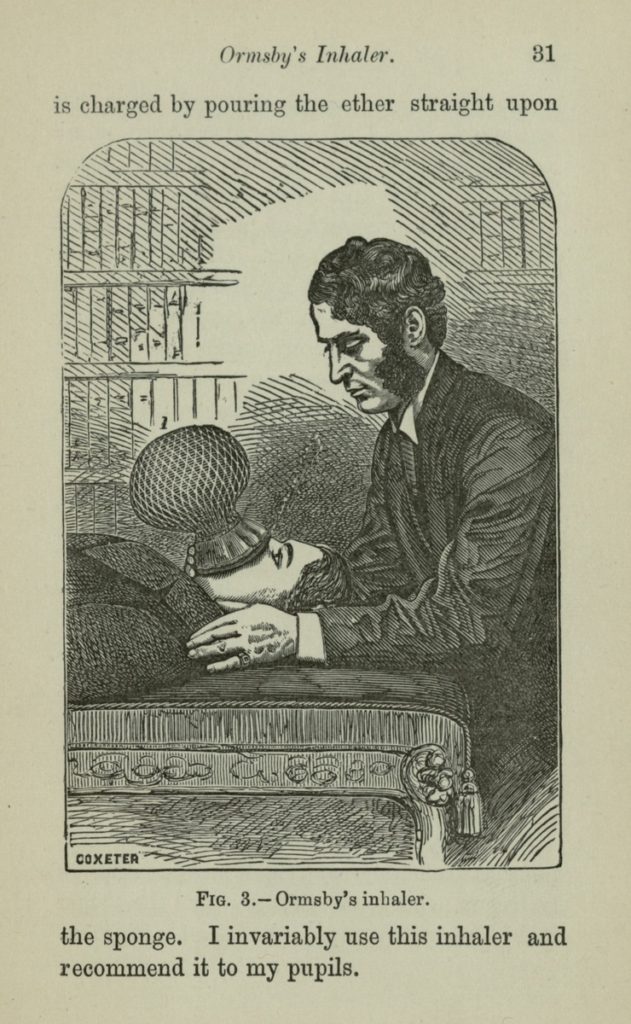– by Patrick Magee, Visitor Services/Gallery Associate
Welcome to another edition of Medieval Medicine Monday! On Mondays, I highlight information found through the Digital Image Library and draw connections between the world of the early teen centuries and the world we have come to know since! Using a mixture of primary sources of original content, alongside more modern academic writing, Medieval Medicine Mondays are a peek into the shared knowledge of the past through the applied knowledge of the present.
In the medieval and early modern eras, treatment of the plague was very touch-and-go due to a relatively limited amount of medical knowledge about both the condition and the immune system in general. In prior issues, we have discussed how medical superstitions came into play during times like these, although there is some evidence that more modern medical techniques were already starting to come into play towards the tail end of the medieval era. Enter prophylaxis.



